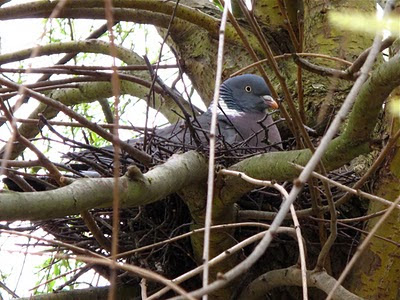Goldfinches are specialist on small seeds, they benefit greatly from flocking when foraging as they need a lot of effort to obtain enough biomass from tiny seeds that have to be prepared and swallowed one by one and they can devote less time to scanning for predators when they are in a flock.
Gluck investigated these effects on Goldfinches feeding in orchards in Germany during the breeding season. He recorded Goldfinches feeding on milky ripe seeds from 20 plant species. Of these, most of his observations were on five species: Dactylis glomerata (Gramineae), Knautia arvensis (Dipsacaeeae), Senecio vulgaris, Taraxacum officinale and Tragopogon
pratensis (Compositae). The following graph illustrates the relationship between the number of dandelion seeds ingested per minute and flock size in Goldfinches, showing that even in small flocks of 5 birds each bird can almost double their seed intake per minute.
I am a big fan of dandelions and today's sighting is going to make me do even less weeding around the garden.
More information
Erich Glück (1986) Flock size and habitat-dependent food and energy intake of foraging Goldfinches. Oecologia, 71:149-155.







